How to get rid of aphids on indoor plants: easy ways
Aphids on indoor flowers are a small pest that gathers in large colonies. Belongs to the order of hemiptera. Aphids not only extract juice from a plant, disrupting all processes occurring inside, but also spread viruses. The sugary liquid secreted by insects - honeydew - is a breeding ground for sooty fungus and attracts other pests.
Signs of aphid infestation
The aphid looks like a small insect, body length is 5–7 mm. The front part of the body is equipped with a proboscis with a sharp end, which the pest uses to extract sap from plant tissues. There are wingless and winged individuals - the former breed, and the latter are responsible for distribution. White aphids often settle on indoor plants, other varieties are less common.
Symptoms of home flowers damage:
- Pests can be seen with the naked eye, especially when aphids are grouped into a colony. Favorite place - the back of the leaves, petioles, the lower part of the buds.
- The leaves dry out, deform, become thinner. Over time, they curl into tubes. White aphids cannot bite through tough leaves, therefore, it more often affects young shoots and plants with soft parts - violets, cyclamens, begonias.
- On the surface of the leaf blade, you can see small bites through which the insect sucks out the juice.
- If untreated, all parts of the plant are affected. They are deformed, leaves crumble, trunks soften and slope downward.
Aphids feed on amino acids and carbohydrates found in plant juices. After their processing, it releases a sweet liquid that attracts ants, protozoa and serves as a breeding ground for the development of a sooty fungus. Therefore, another symptom of indoor flower infestation is a sticky film on leaves, flowers and shoots.
The reasons
A pest can get into an apartment in different ways:
- from a recently purchased flower or with a bouquet;
- with a stream of air through a slightly opened balcony door or window;
- from the surface of shoes, clothing and other household items;
- with ants that feed on honeydew and guard aphid colonies;
- with earth from the garden.
Winged individuals are able to quickly move from one plant to another, infecting all specimens indoors.
Control methods
The most common ways to remove aphids from indoor plants are the use of chemical insecticides and traditional methods. In addition to them, there is a biological protection measure that can only be used in a greenhouse and in a winter garden. It implies settling next to the flowers of ladybirds, several species of wasps and lacewings, which feed on aphids and do not allow their reproduction.
Folk ways
To get rid of aphids in an apartment using folk methods is easy:
- Prepare a soap solution (1 part soap to 6 parts plain warm water). Pour the solution into a spray bottle and spray all plants, paying particular attention to the underside of the leaves.
- Aphids can be destroyed with pure 96% alcohol. It will not leave burns, as it immediately disappears. However, this method is not suitable for plants with delicate leaves. Rub the leaves, trunk and petioles with alcohol and a cotton swab.
- Tobacco broth. You will need 1 liter of warm water and 100 g of tobacco. Mix the components, close the lid tightly, and stand for two days. Then strain, pour into a container with a spray bottle and spray the plants.
- Garlic infusion. Chop 5 cloves of garlic, pour 250 ml of water, close the lid tightly and leave for 2 days.Then strain and use a cotton swab to wipe the leaves and other parts of the plant. Repeat the treatment after 1 week.
- Prepare a solution of celandine - for 1 liter of water you need 400 g of fresh chopped leaves and shoots. Chop celandine, fill with warm water, close the lid and leave for 1 day. Then strain and spray the plants.
- Hot pepper repels aphids. Take 30 g of crushed raw materials, pour 200 ml of plain water and boil for 1 hour. Then insist for another day under the lid. Add 10 ml of the finished solution to 1 liter of water, mix, use for spraying. Repeat after 14 days.
- Potash soap helps fight the pest. Dissolve 20 g in 1 liter of water, dissolve, mix. Then spray the plants, covering them tightly with plastic, leave for 2 hours. Then remove the film, bathe the flower in the shower.
You can also remove aphids with the help of a decoction of nettle, yarrow, infusion of wood ash, citrus fruits. You can use such natural ingredients: spruce needles, white mustard, marigolds, onions. The pest is frightened off by the pungent smell of garlic, onions, capsaicin in the hot pepper.
Chemicals
In case of severe infestation, indoor flowers can be treated with ready-made insecticides that are more active in fighting pests.
5 remedies recommended for the treatment of indoor plants:
- "Bison". A new generation insecticide, effective against aphids, Colorado potato beetle and other pests. The active ingredient - imidacloprid - quickly penetrates the digestive tract of insects and exterminates up to 98% of individuals. Available in 5 ml vials and 1 ml plastic ampoules. The maximum effect after treatment occurs within 1–2 days, and lasts for 30 days. The active component of the product penetrates into plant tissues, therefore, even with frequent watering, it continues to act against pests. Does not harm humans, plants. The working solution for spraying is prepared from 1 liter of water and 1 ml of the product.
- "Aktara". Used against 100 species of insects, including aphids. Contact-intestinal insecticide, available in the form of dry granules, powder, suspension and tablets. Works up to 2 months after spraying. It can be used on home flowers even during flowering - "Aktara" instantly decomposes in the soil, dissolves in liquid and is absorbed by roots from the soil. The active substance thiamethoxam accumulates in the tissues of the plant, then, together with the juice, enters the stomach of insects and causes their death within 2 days. To prepare the solution, you need 2 liters of water and 4 g of powder.
- "Insector". A modern insecticide, available in ampoules and vials, belongs to the contact-intestinal group, belongs to the class of neonicotinoids. After 2-3 hours after spraying, the effect occurs, which lasts up to 7 days. If the instructions are followed, it is non-toxic. A solution for potted plants is prepared from 12 liters of water and 1.2 ml of the preparation. It is used for watering in the near-trunk zone against aphids, whiteflies, scale insects, mushroom mosquitoes and thrips.
- Fitoverm. Available in bottles of up to 400 ml, ampoules of 2–5 ml, as well as in 5 liter bottles for industrial use. The insecticide contains aversectin C obtained from streptomyces fungi by distillation. It affects the nervous system of pests, paralyzes them and leads to death against the background of hunger in 3 days. The entire volume of insects is destroyed in 5-7 days. A safe product that does not lose its effectiveness even after watering, it quickly decomposes in the soil. Does not harm soil and plants. Remains active for at least 1 month. For the treatment of plants in an apartment, a concentrated solution is prepared from 8 ml of the product and 1 liter of water. Flowers are sprayed 4 times with a break of 7 days.
- Actellik. A versatile insecticide that can be used outdoors and at home. Effective against aphids, whiteflies, ticks, scale insects and other pests.The active substance of the drug pirimifos-methyl is contact-intestinal. It leads to paralysis and further death of the insect. Available in small 2 ml ampoules. Plant protection activity lasts up to 20 days. The solution is prepared from 2 liters of water and 1 ampoule of the drug. Used for spraying. A fairly safe insecticide, but when working with it, you need to use a protective mask, gloves and clothing, do not allow contact with the mucous membrane.
Chemical insecticides are used when an aphid colony threatens the plant's life and other remedies do not help.
When choosing an insecticide, you need to remember that, in contrast to open ground, in room conditions, the active substance remains in the soil and air for a long time. Therefore, it is necessary to take only safe drugs with 3 and 4 hazard classes.
Preventive measures
To prevent aphid infestation at home, you can take preventive measures.
- Any soil brought from the street must be disinfected.
- Install a mosquito net on windows and balcony doors.
- When buying a new plant, quarantine it for one week by isolating it in another room. If during this time the pests are not noticed, the flower can be placed in a common room.
- Get rid of the aphids in time.
- If the plant, even with all the therapeutic measures, could not be saved, it must be thrown away, like the earth, and the pot must be disinfected before the next use.
- Geraniums or marigolds can protect against aphid invasions.
- On the windowsill next to the pots, lay out fragrant herbs - celandine, wormwood, mustard.
- Place a bouquet of cut flowers farther from those growing in pots.
- Inspect the plants periodically, paying particular attention to the buds, the underside of the leaves, and the root zone of the trunk.
- Cut dry leaves, buds and dispose of.
- Aphids reproduce especially actively at high air temperature and humidity - keep an eye on these climate parameters.
The sooner aphids are identified, the easier it will be to destroy them. If you only notice a few insects, you can simply wash them off with soapy water. In case of a strong invasion, chemicals cannot be avoided, and a single treatment is usually not enough.
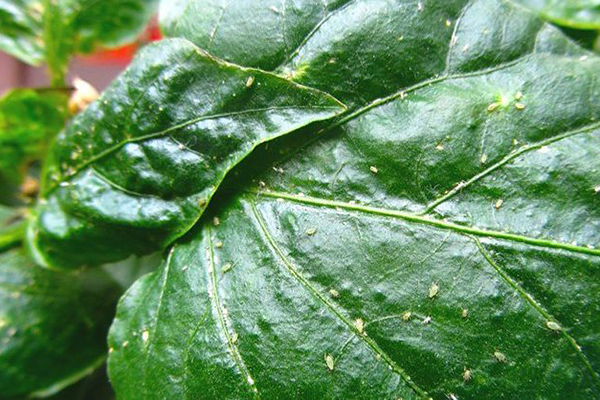
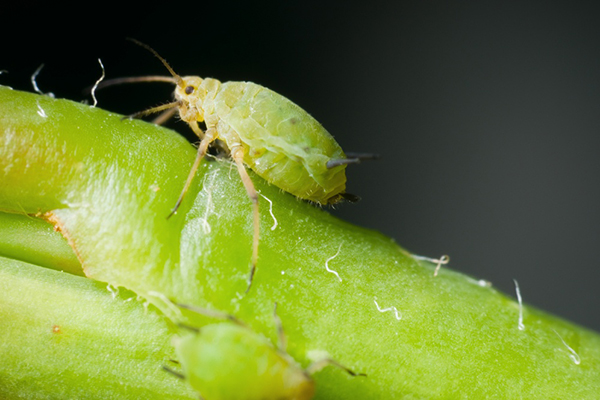
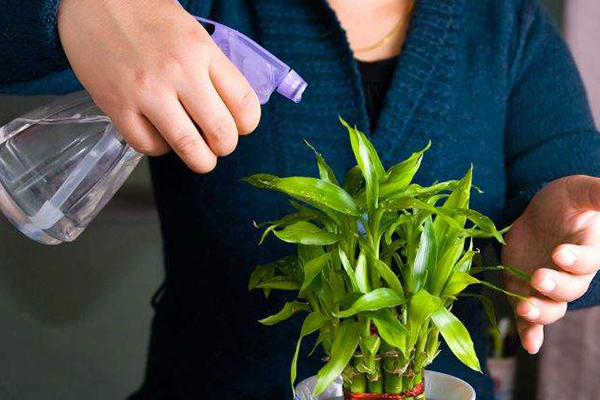
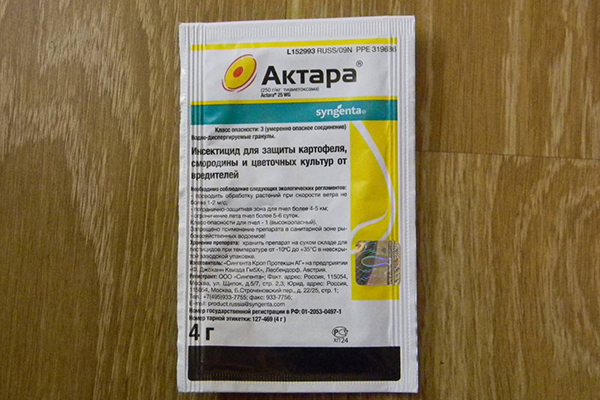
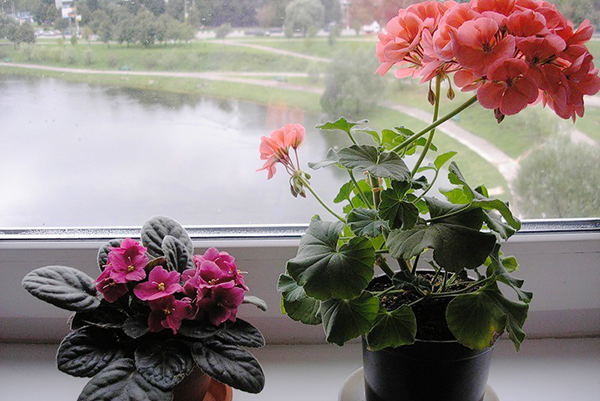
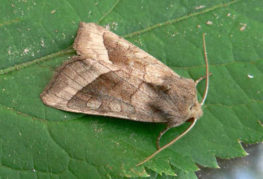
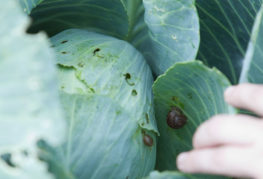
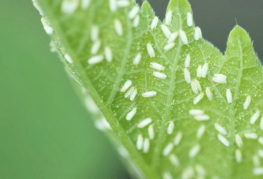
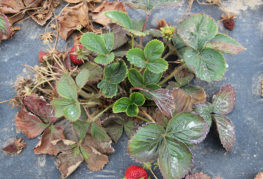
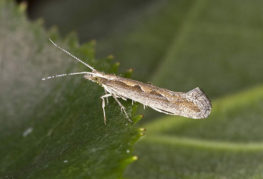
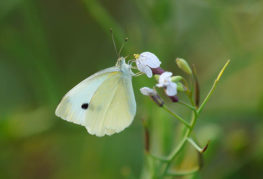
and will be published shortly.